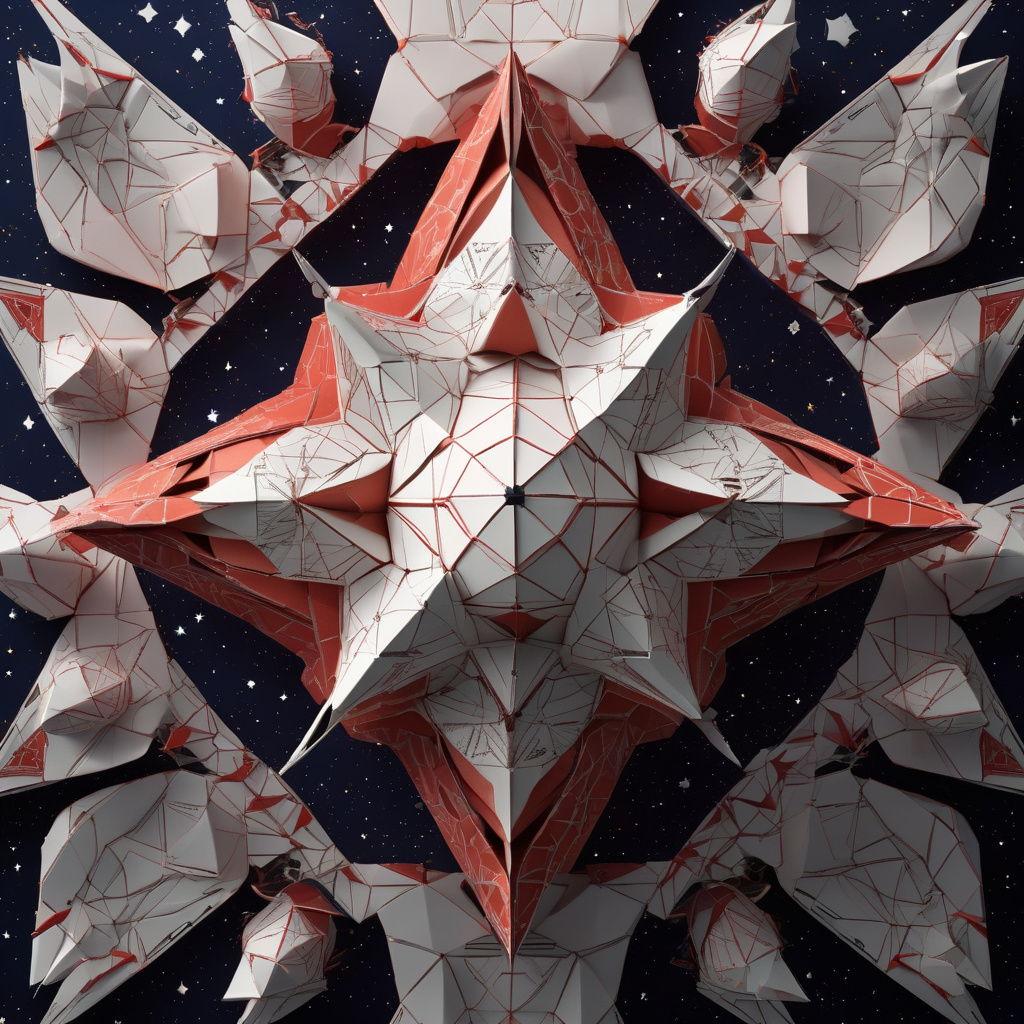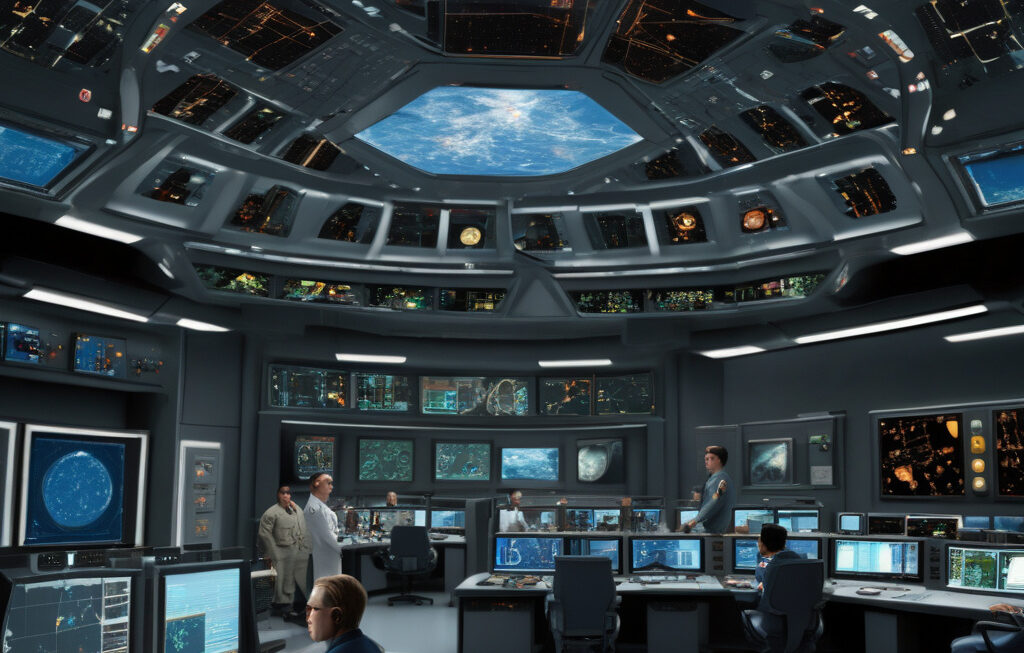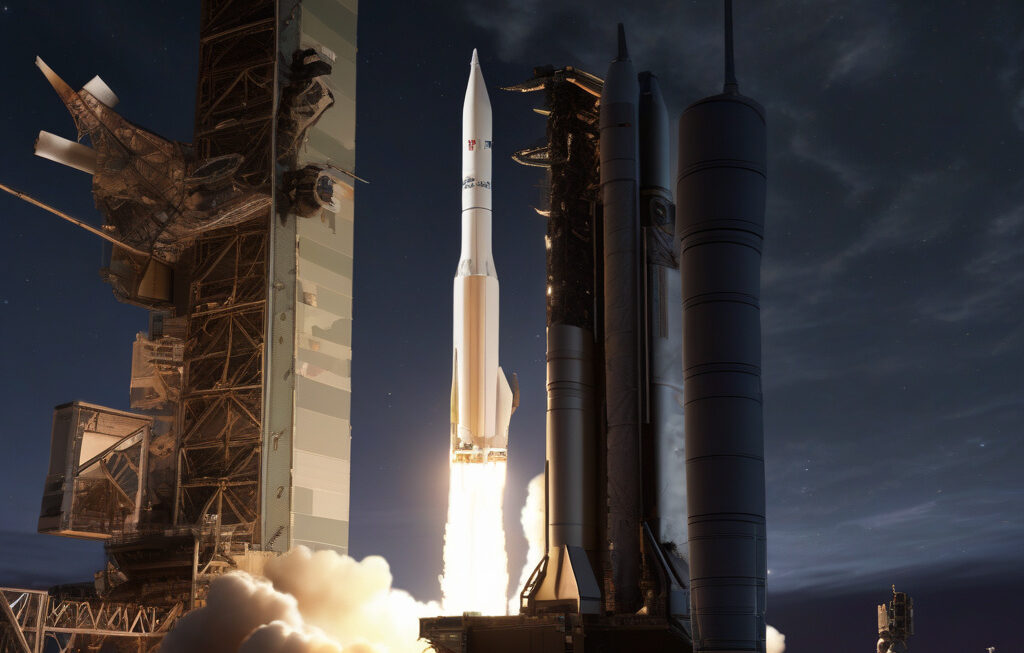Folding Spacecraft Design Could Be Enhanced with Japan’s Ancient Origami Patterns
Scientists are exploring a new class of origami structures that could help design and build the next generation of spacecraft. Drawing inspiration from Japan’s ancient art of paper folding, researchers are investigating how origami patterns can be applied to spacecraft design to improve efficiency, reduce costs, and enable new capabilities in space exploration.
Origami, the traditional Japanese art of paper folding, has been practiced for centuries and has inspired a wide range of applications beyond the realm of art and design. From airbags in cars to deployable solar panels in space, origami principles have been successfully integrated into various technologies to enhance functionality and performance. Now, scientists are turning to origami once again, this time to revolutionize spacecraft design.
One of the key advantages of incorporating origami patterns into spacecraft design is the potential for compact storage and efficient deployment. By leveraging the principles of folding and unfolding, engineers can create structures that can be packed into a small volume for launch and then expanded to full size once in space. This capability is particularly valuable for missions that require large structures, such as solar arrays or antennas, which need to fit within the constraints of a launch vehicle but unfold to a much larger size in orbit.
Moreover, origami-inspired structures offer enhanced strength and stability, despite being lightweight and flexible. By carefully designing the folding patterns and crease lines, engineers can create complex 3D structures that are robust enough to withstand the harsh conditions of space. This increased structural integrity not only improves the overall durability of the spacecraft but also enables new possibilities for innovative mission designs.
In addition to practical benefits, the use of origami patterns in spacecraft design can also lead to cost savings and resource efficiency. By utilizing lightweight materials and efficient folding techniques, engineers can reduce the mass of the spacecraft, which in turn lowers launch costs and expands the range of possible mission profiles. Furthermore, the simplicity of origami-inspired designs can streamline the manufacturing process and shorten development timelines, making it easier and more affordable to build complex spacecraft systems.
One of the most exciting developments in this field is the collaboration between scientists and origami artists to explore new possibilities for spacecraft design. By combining scientific expertise with artistic creativity, researchers can push the boundaries of what is possible and develop truly innovative solutions to the challenges of space exploration. This interdisciplinary approach not only yields practical benefits in terms of spacecraft performance but also enriches the design process by incorporating diverse perspectives and ideas.
As the exploration of space continues to evolve, the integration of origami patterns into spacecraft design represents a promising avenue for enhancing mission capabilities and unlocking new possibilities for scientific discovery. By drawing inspiration from Japan’s ancient tradition of paper folding, scientists are reshaping the future of space exploration one fold at a time.
#SpacecraftDesign, #OrigamiPatterns, #SpaceExploration, #Efficiency, #ScientificInnovation












